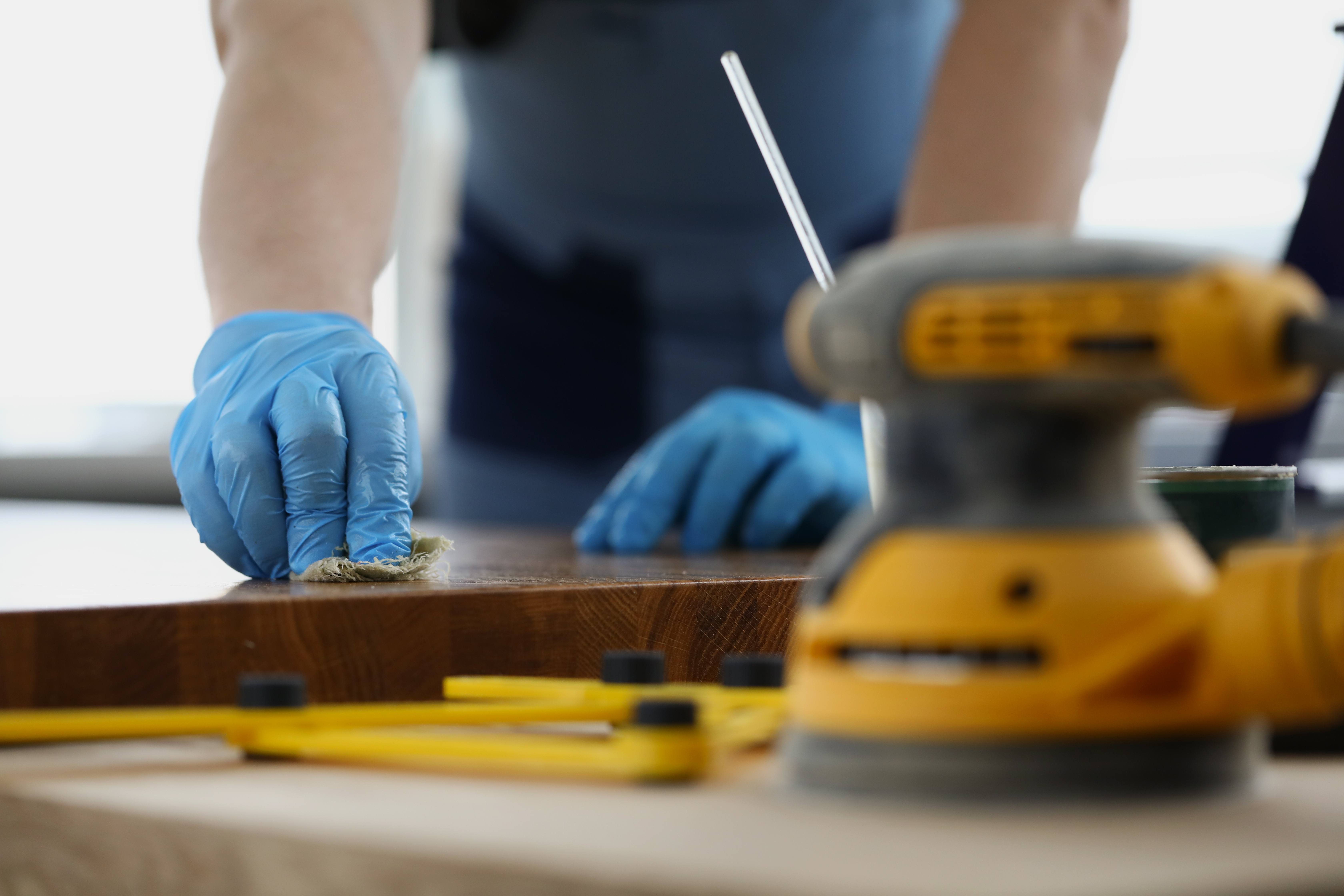Renovations and Construction
Infection prevention and control requirements are critical to the planning of a residential aged care facility and need to be incorporated into plans and specifications.
All areas  of a facility should be designed, constructed, furnished and equipped to minimise the risk of transmission of infection. Facility layout should facilitate the application of standard and transmission-based precautions for all employees.
of a facility should be designed, constructed, furnished and equipped to minimise the risk of transmission of infection. Facility layout should facilitate the application of standard and transmission-based precautions for all employees.
Hand Hygiene
Conveniently located alcohol-based product dispensers and designated clinical hand wash basins can facilitate healthcare worker compliance with hand hygiene requirements.
Planning Considerations
Infection prevention and control precautions during construction and renovation should be integrated into the design and documentation of the facility from the start of the design stage.
Dust control and infection prevention and control principles must be developed during the pre-design stage, and these principles must be integrated into any construction or renovation activity from the initial stages of design development until the completion of the activity.
Identification and location of 'at-risk' populations and knowledge of the transmission route of a likely pathogen need to be taken into account in the planning stages.
Ventilation and Air Quality
Airborne Pathogens
Most pathogens in healthcare settings originate from residents, employees, and visitors. Some pathogens can enter buildings from outside air through dust, which can harbour pathogens, e.g. Aspergillus, streptococci, or staphylococci. Less common sources of airborne infections include bird droppings or aerosols from contaminated water, such as from a warm water therapy pool.
Reservoirs for airborne pathogens include
Dust (e.g. spores of C. difficile or Aspergillus)
Aerosols (e.g. TB, severe acute respiratory syndrome [SARS], influenza, chickenpox)
Skin scales shed by residents infected with MRSA
Airborne transmission has also been implicated in outbreaks of other infections, e.g. Acinetobacter and Pseudomonas
Ventilation and Airflow Control
Ventilation and airflow control systems are a vital part of managing airborne pathogens and should be managed effectively. Key points are
They must be maintained regularly by suitably qualified employees
Qualified employees must follow an agreed maintenance plan
Qualified employees must maintain accurate documentation of completed maintenance in a maintenance record
Fixtures
The prevention of contact-spread infections is of paramount importance in healthcare settings. Contact contamination is generally recognised as the principal transmission route of healthcare-acquired infections (HAIs). HAIs include pathogens such as MRSA, C. difficile and VRE, which survive well on environmental surfaces and other reservoirs.
When selecting fixtures and fittings, surfaces, flooring and furniture coverings, ease of cleaning should be a key consideration.
Surfaces and Flooring
To minimise the risk of infection stemming from contaminated surfaces, facilities should consider several design-related factors, including
The nature and type of contamination that is likely to occur
If a suitable cleaning method for that surface can be performed
Areas that may be in direct contact with blood and body substances, e.g. surfaces such as floors, bench tops, etc., need to be made of impervious waterproof material that is smooth and easy to clean.
When selecting surface coverings (including floor coverings) for a residential aged care setting, consideration must be given to the following
Who is at risk of acquiring infection?
What is the risk of exposure to infectious agents?
What is the nature of the possible infectious agents?
How can the agent be transmitted, e.g. airborne, through cleaning techniques, etc.?
What contact with the covering is anticipated?
Carpeting
Facilities should avoid carpeting in areas where
Spills are likely to occur, e.g. around sinks, in isolation areas, in soiled utility/holding areas, etc.,
Residents or visitors may have direct contact with contaminated carpets, e.g. children/babies crawling on the floor, etc.,
Residents may be incontinent, leading to the carpet becoming soiled, especially in the resident's room
Residents are at greater risk of airborne infections
Furniture Coverings
Fabric-covered furniture must be easily cleanable and made of non-porous material
Blinds and Curtains
Blinds and curtains should discourage dust accumulation and be easy to clean